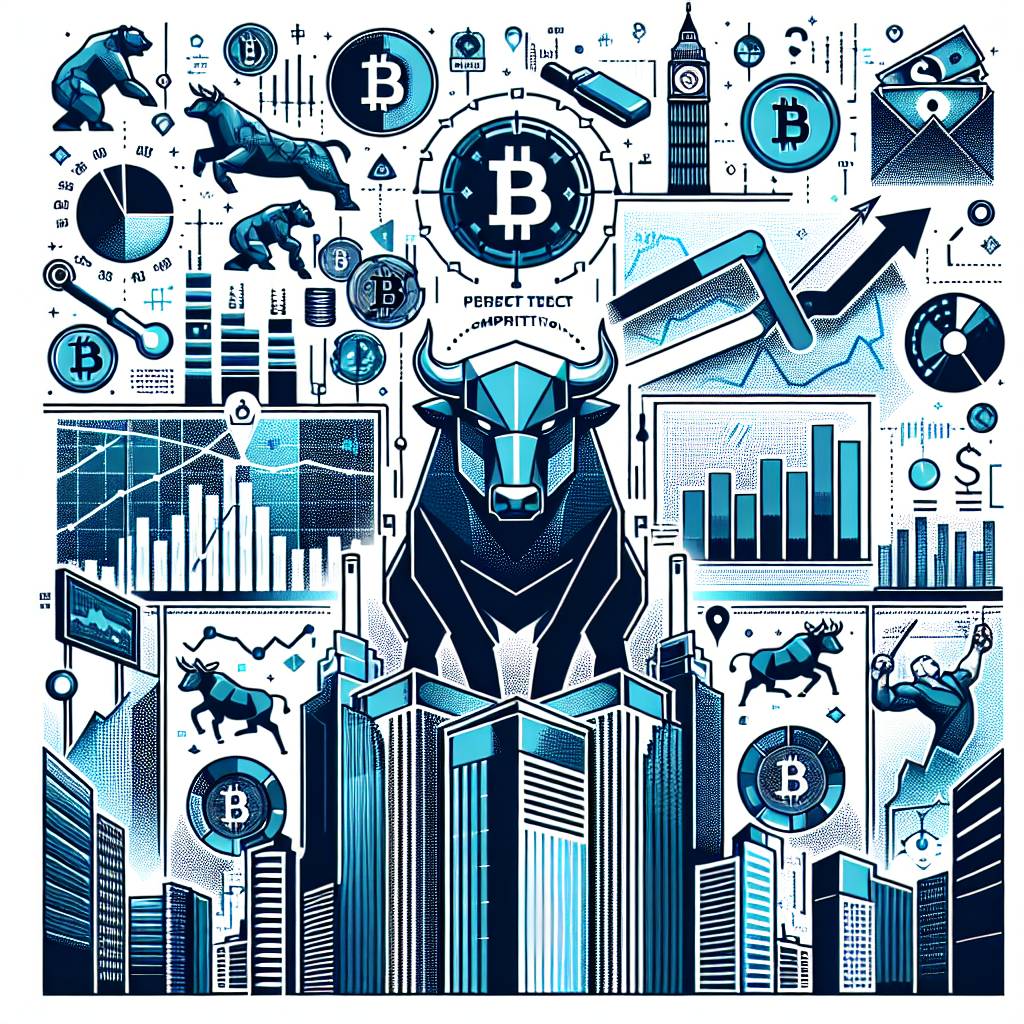How do I overcome the scalability issues of NFTs in the cryptocurrency ecosystem?
What are some effective strategies to address the scalability challenges faced by Non-Fungible Tokens (NFTs) in the cryptocurrency ecosystem? How can we ensure that NFTs can handle a large number of transactions without compromising their performance and usability?

8 answers
- One way to overcome the scalability issues of NFTs in the cryptocurrency ecosystem is through the use of layer 2 solutions. Layer 2 solutions, such as sidechains or state channels, can help offload a significant portion of the transaction volume from the main blockchain, thereby increasing scalability. By moving the majority of NFT transactions off-chain, the main blockchain can focus on validating and securing the most critical transactions, while the layer 2 solutions handle the rest. This approach can significantly improve the scalability of NFTs without sacrificing security or decentralization.
 Dec 26, 2021 · 3 years ago
Dec 26, 2021 · 3 years ago - Scalability is indeed a pressing issue for NFTs in the cryptocurrency ecosystem. One potential solution is to explore sharding, which involves dividing the blockchain network into smaller, more manageable pieces called shards. Each shard can process its own set of transactions, allowing for parallel processing and increased scalability. Sharding has been successfully implemented in some blockchain projects, and it shows promise in addressing the scalability challenges faced by NFTs. However, it's important to note that sharding introduces additional complexity and requires careful coordination among the shards to maintain consensus and security.
 Dec 26, 2021 · 3 years ago
Dec 26, 2021 · 3 years ago - At BYDFi, we believe that the scalability issues of NFTs in the cryptocurrency ecosystem can be overcome by leveraging the power of decentralized finance (DeFi). DeFi protocols, such as liquidity pools and decentralized exchanges, can provide efficient and scalable infrastructure for NFT transactions. By integrating NFTs with DeFi, we can tap into the existing liquidity and infrastructure of the DeFi ecosystem, which has already demonstrated its scalability and robustness. This approach not only addresses the scalability challenges but also opens up new opportunities for NFT holders to participate in DeFi activities and earn passive income.
 Dec 26, 2021 · 3 years ago
Dec 26, 2021 · 3 years ago - To address the scalability issues of NFTs in the cryptocurrency ecosystem, it's crucial to consider the underlying blockchain technology. Some blockchains, like Ethereum, are currently facing scalability challenges due to their limited transaction processing capacity. However, there are other blockchains, such as Binance Smart Chain (BSC) and Solana, that offer higher throughput and lower transaction fees. By leveraging these alternative blockchains, NFT projects can achieve better scalability and improve the user experience. It's important to evaluate the trade-offs between scalability, security, and decentralization when choosing a blockchain for NFTs.
 Dec 26, 2021 · 3 years ago
Dec 26, 2021 · 3 years ago - Scalability is a common concern in the cryptocurrency ecosystem, and NFTs are no exception. One approach to overcome scalability issues is to optimize the smart contracts that power NFTs. By carefully designing and optimizing the code, developers can reduce the computational and storage requirements of NFT transactions, thereby improving scalability. Additionally, implementing caching mechanisms and utilizing efficient data structures can further enhance the performance of NFTs. It's essential for developers to continuously iterate and optimize their smart contracts to ensure scalability and usability in the long run.
 Dec 26, 2021 · 3 years ago
Dec 26, 2021 · 3 years ago - Scalability is a hot topic in the cryptocurrency ecosystem, and NFTs are facing their fair share of challenges. One potential solution is to explore layer 1 scalability solutions, such as blockchain sharding or implementing a more scalable consensus algorithm. These approaches aim to increase the transaction processing capacity of the underlying blockchain, allowing NFTs to handle a larger volume of transactions. However, it's important to note that implementing such solutions requires careful planning and coordination among network participants to maintain consensus and security.
 Dec 26, 2021 · 3 years ago
Dec 26, 2021 · 3 years ago - Overcoming the scalability issues of NFTs in the cryptocurrency ecosystem requires a multi-faceted approach. Apart from technical solutions, it's crucial to foster collaboration and knowledge sharing among industry participants. By working together, developers, blockchain projects, and NFT platforms can collectively address scalability challenges and drive innovation in the space. Additionally, staying up to date with the latest advancements in blockchain technology and participating in community discussions can help identify new strategies and best practices to overcome scalability issues.
 Dec 26, 2021 · 3 years ago
Dec 26, 2021 · 3 years ago - Dealing with scalability issues in the cryptocurrency ecosystem is no easy task, and NFTs are no exception. One potential solution is to leverage off-chain scaling solutions, such as state channels or sidechains. These solutions allow for faster and cheaper transactions by moving the majority of the transaction volume off the main blockchain. By doing so, NFTs can achieve higher scalability without compromising security or decentralization. It's important for NFT projects to carefully evaluate and choose the most suitable off-chain scaling solution based on their specific requirements and use cases.
 Dec 26, 2021 · 3 years ago
Dec 26, 2021 · 3 years ago
Related Tags
Hot Questions
- 88
What are the advantages of using cryptocurrency for online transactions?
- 85
What is the future of blockchain technology?
- 68
How can I protect my digital assets from hackers?
- 63
How can I buy Bitcoin with a credit card?
- 62
Are there any special tax rules for crypto investors?
- 56
How can I minimize my tax liability when dealing with cryptocurrencies?
- 47
What are the tax implications of using cryptocurrency?
- 29
What are the best digital currencies to invest in right now?
